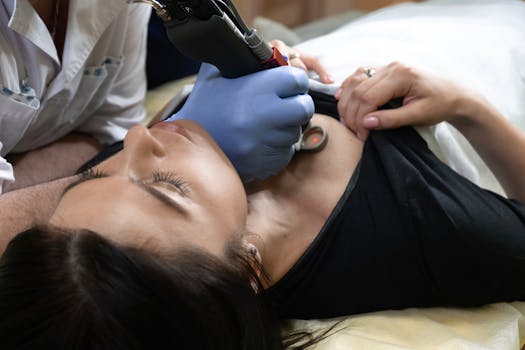
The Ultimate Guide to Skincare: Tips for Every Skin Type
Skincare is an essential part of our daily routine, and it’s crucial to understand our skin type to achieve healthy and glowing skin. In this article, we will discuss the different skin types, their characteristics, and provide tips on how to take care of each skin type.
Understanding Your Skin Type
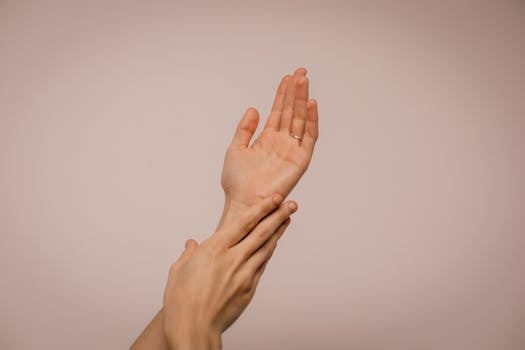
There are five main skin types: normal, dry, oily, combination, and sensitive. Each skin type has its unique characteristics, and understanding your skin type is the first step to creating an effective skincare routine.
Normal Skin

Normal skin is characterized by a balanced moisture level, neither too oily nor too dry. It has a smooth texture and a radiant complexion. To take care of normal skin, use a gentle cleanser, toner, and moisturizer, and exfoliate once or twice a week.
Dry Skin

Dry skin is characterized by a lack of moisture, leading to a dull and rough texture. It may feel tight and flaky, especially in the winter months. To take care of dry skin, use a rich moisturizer, avoid harsh cleansers, and exfoliate gently.
Oily Skin

Oily skin is characterized by an overproduction of sebum, leading to a shiny and greasy texture. It may be prone to acne and blackheads. To take care of oily skin, use a lightweight oil-free moisturizer, avoid heavy makeup, and exfoliate regularly.
Combination Skin

Combination skin is characterized by a mix of oily and dry skin, with an oily T-zone (forehead, nose, and chin) and dry cheeks. To take care of combination skin, use a gentle cleanser, a lightweight moisturizer, and target specific areas with different products.
Sensitive Skin

Sensitive skin is characterized by a fragile and reactive skin barrier, leading to redness, itching, and irritation. To take care of sensitive skin, use gentle and fragrance-free products, avoid harsh exfoliants, and patch test new products before using them.
Skincare Routine

A good skincare routine should include the following steps: cleansing, toning, exfoliating, and moisturizing. Cleansing removes dirt and impurities, toning balances the skin’s pH, exfoliating removes dead skin cells, and moisturizing hydrates the skin.
Cleansing
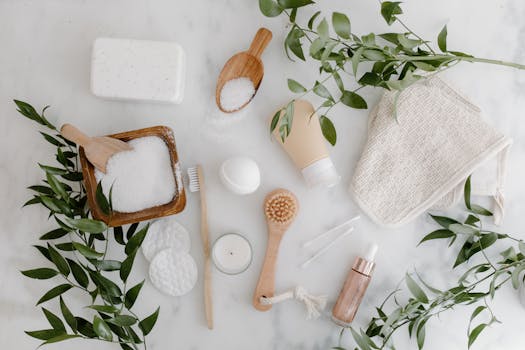
Cleansing is the first step in any skincare routine. Use a gentle cleanser that suits your skin type, and massage it onto your face in circular motions. Rinse with lukewarm water, and pat dry with a towel.
Toning

Toning helps to balance the skin’s pH and remove any remaining impurities. Use a toner that suits your skin type, and sweep it across your face with a cotton pad.
Exfoliating

Exfoliating removes dead skin cells and helps to improve skin texture. Use a physical exfoliant, such as a scrub or a brush, or a chemical exfoliant, such as alpha-hydroxy acids (AHAs) or beta-hydroxy acids (BHAs), one to three times a week.
Moisturizing
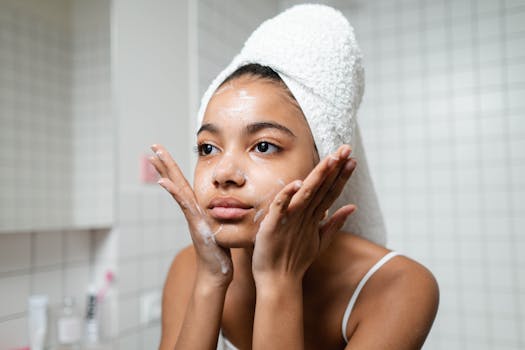
Moisturizing is the final step in any skincare routine. Use a moisturizer that suits your skin type, and apply it generously to your face and neck. Look for a moisturizer that contains hyaluronic acid, ceramides, or niacinamide, which help to lock in moisture and support the skin’s barrier function.
Additional Tips

In addition to following a skincare routine, there are several other tips that can help to improve the health and appearance of your skin. These include:
- Getting enough sleep, which helps to repair and regenerate skin cells
- Staying hydrated, which helps to flush out toxins and maintain skin elasticity
- Eating a balanced diet, which provides essential nutrients for skin health
- Avoiding smoking and excessive sun exposure, which can damage skin cells and lead to premature aging
- Managing stress, which can lead to inflammation and skin issues
Conclusion
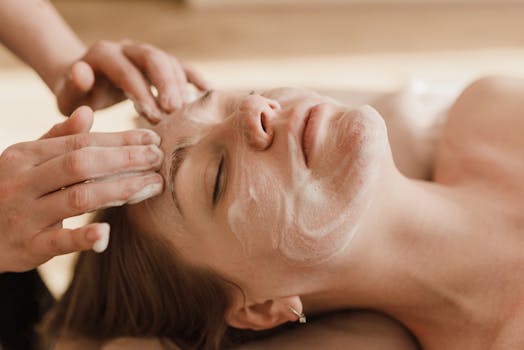
In conclusion, taking care of your skin requires a combination of understanding your skin type, following a skincare routine, and adopting healthy lifestyle habits. By following the tips outlined in this article, you can achieve healthy, glowing skin that looks and feels its best.






